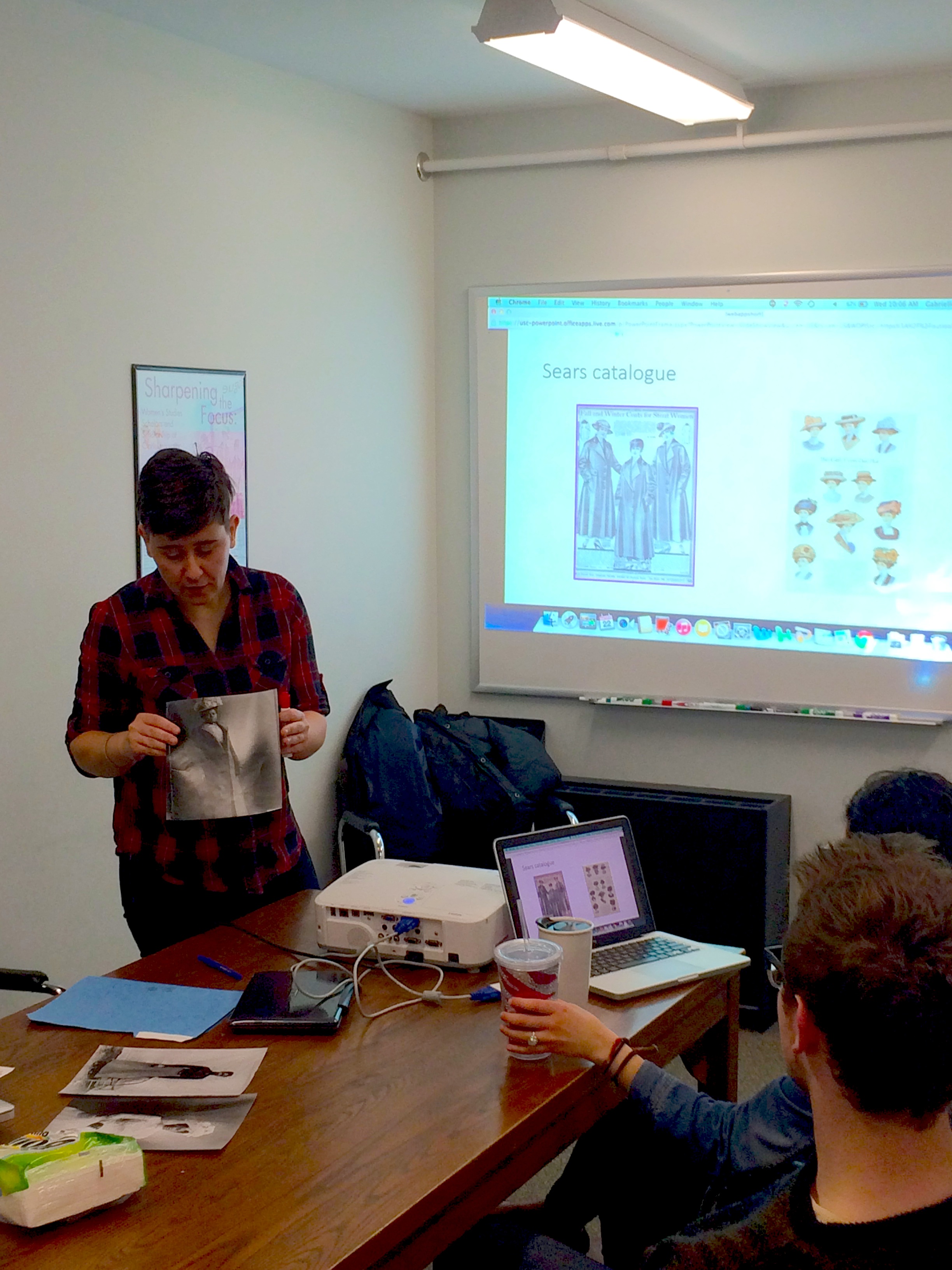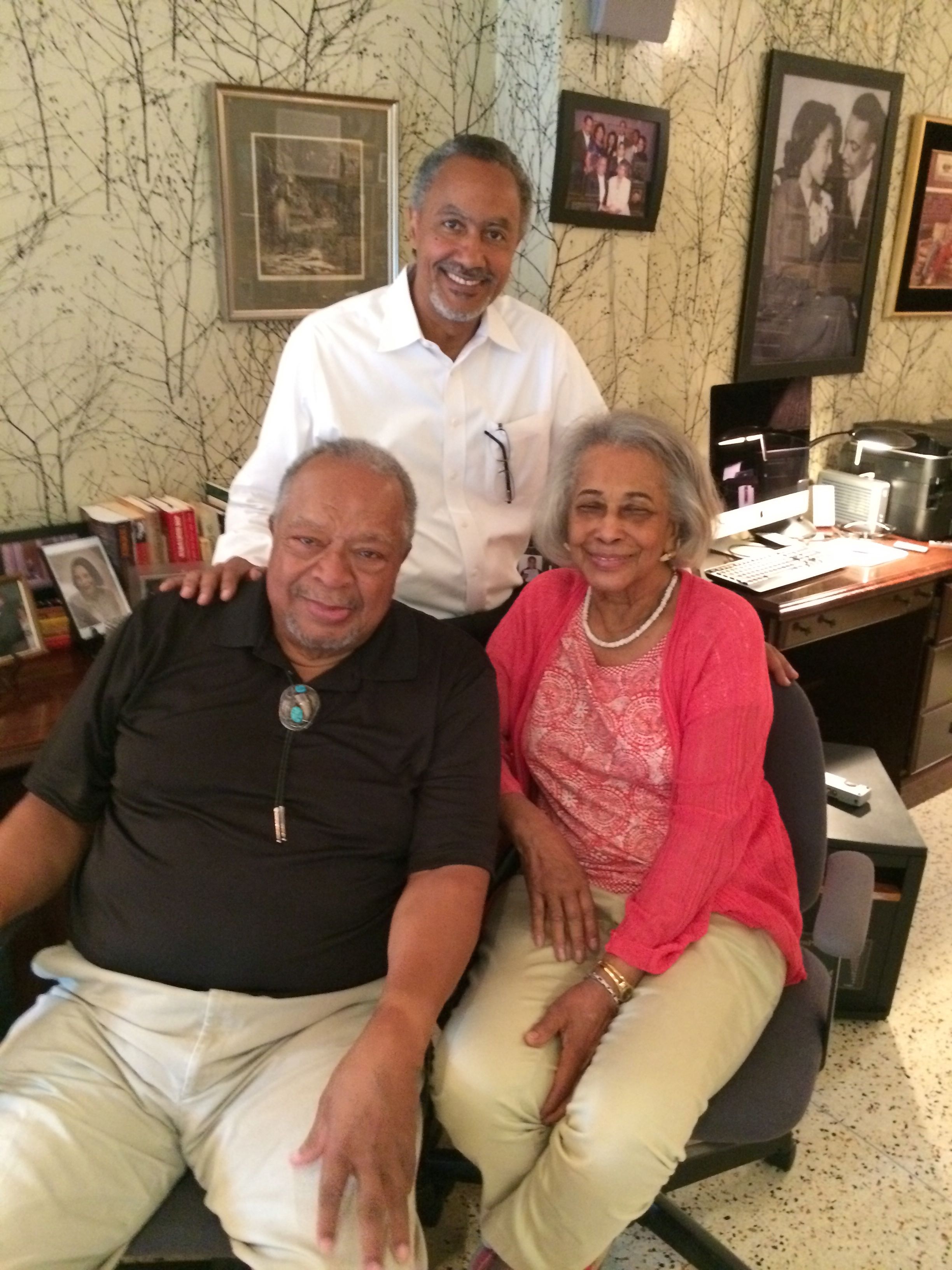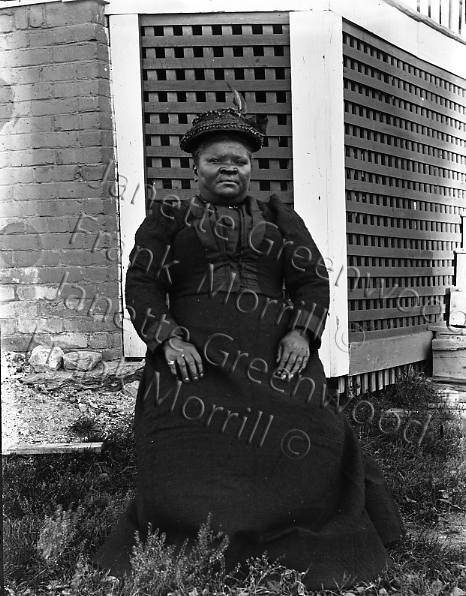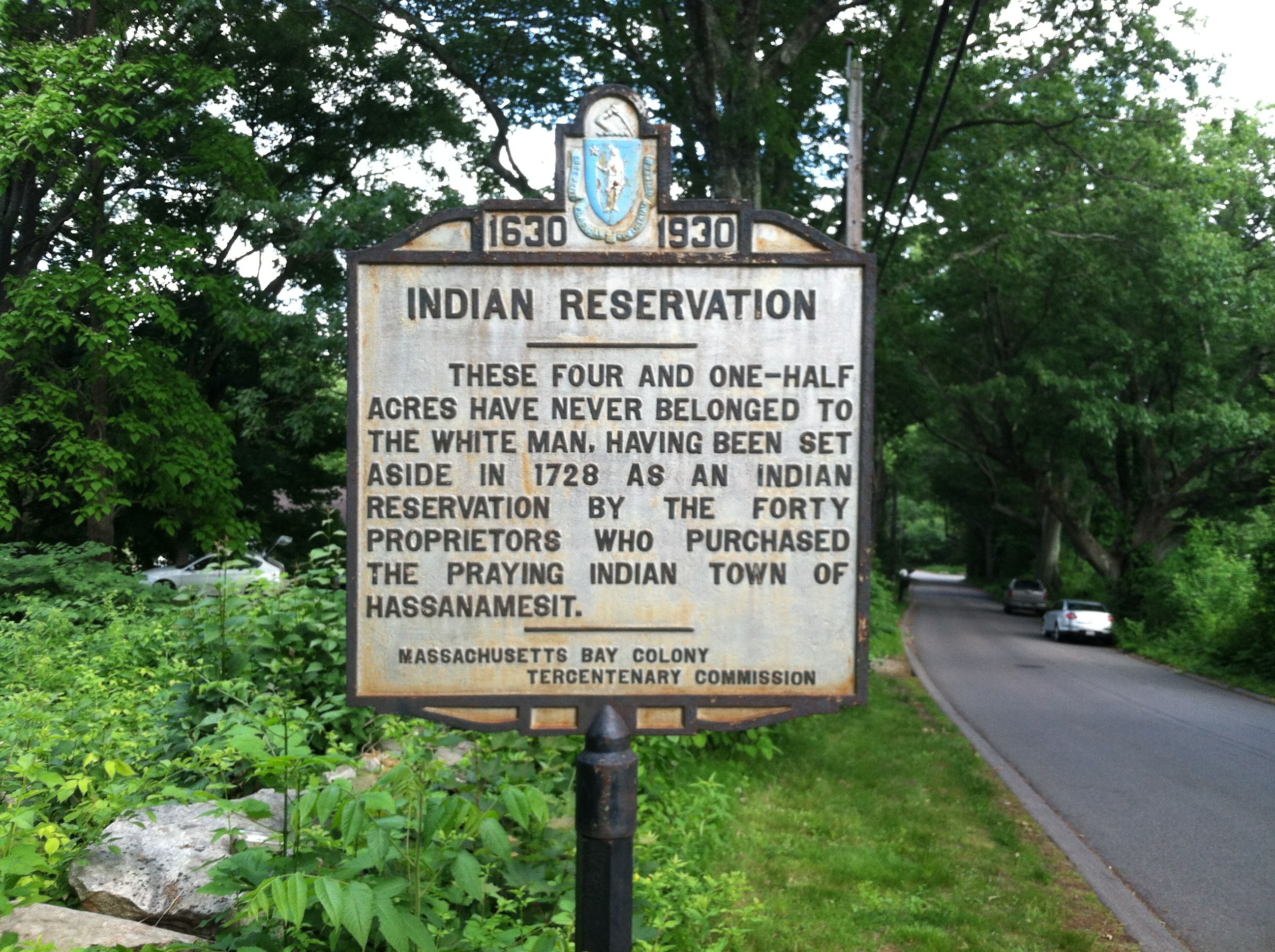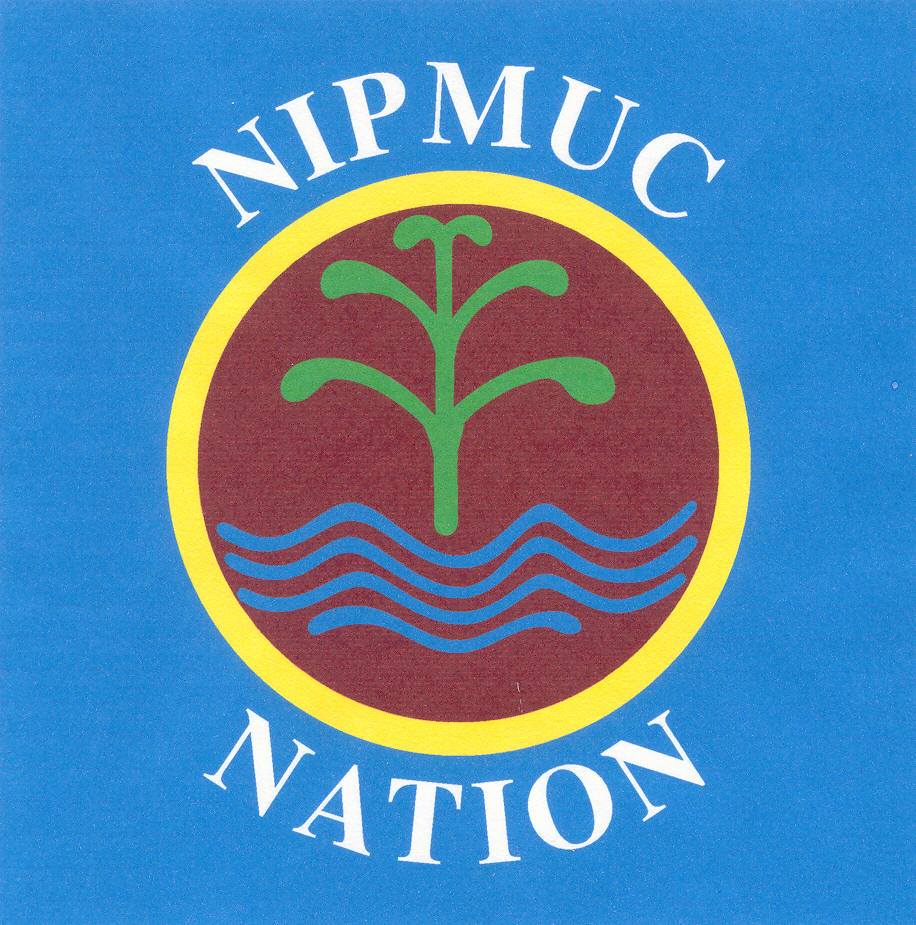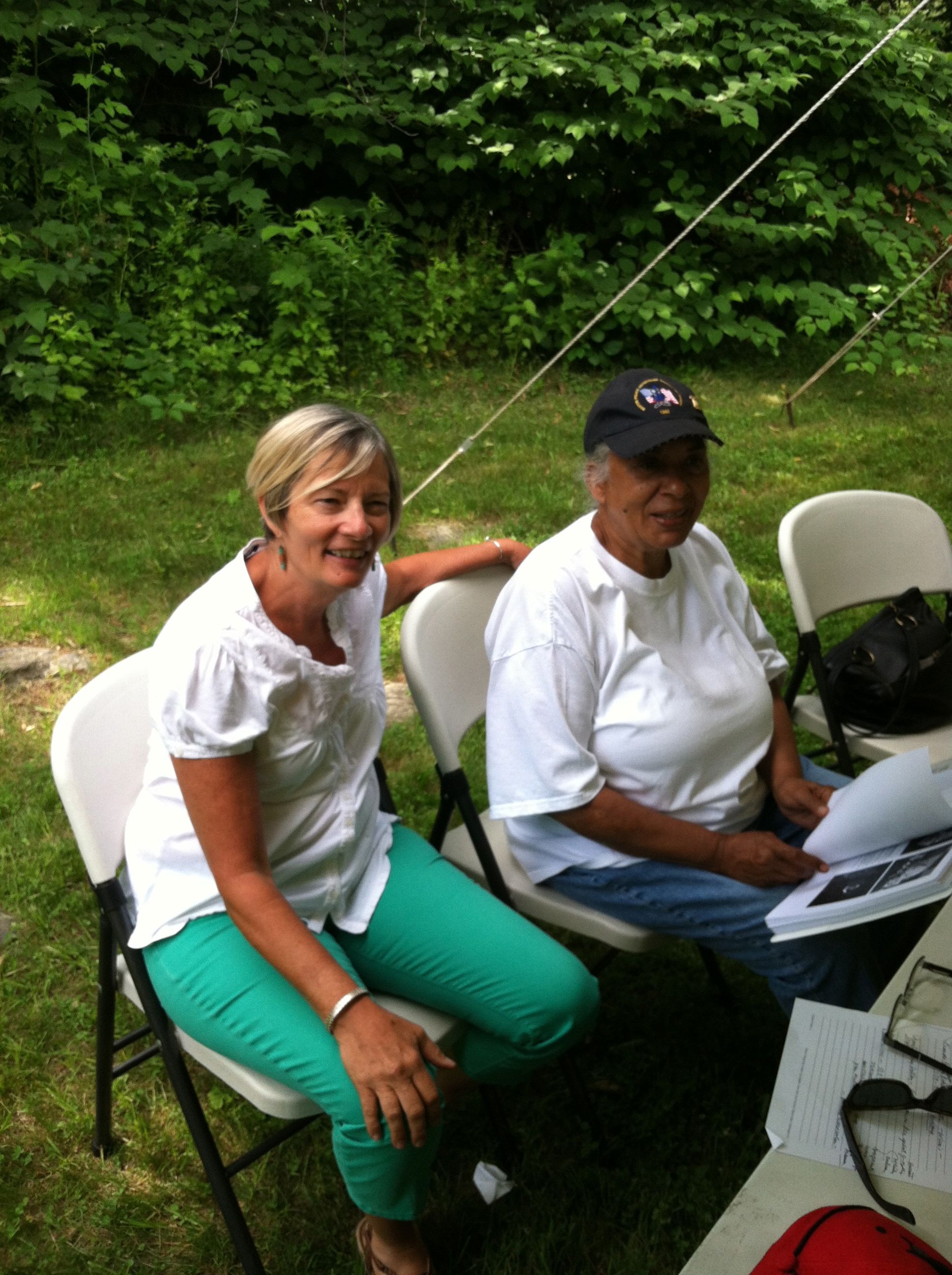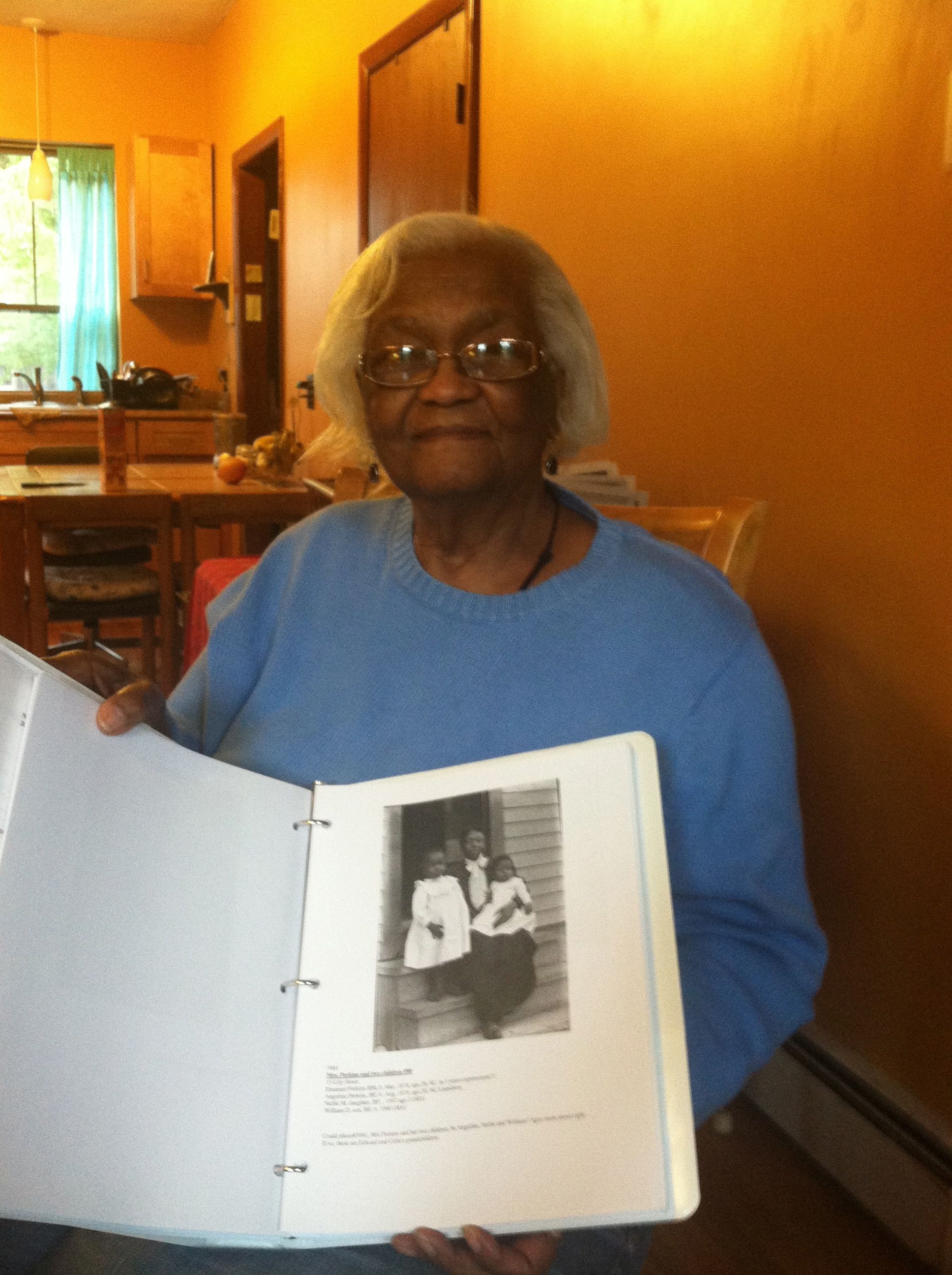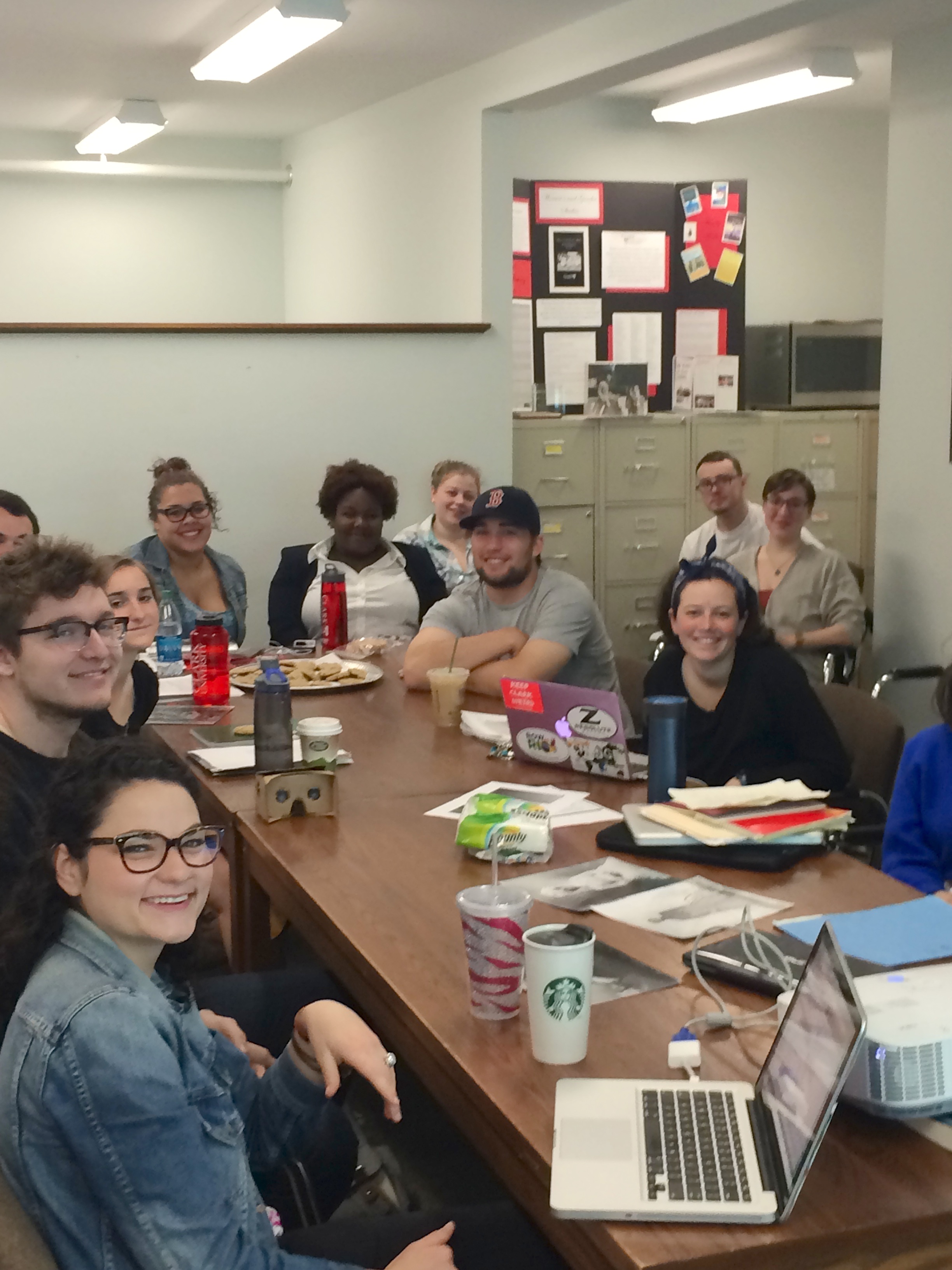
This past semester, students in History 288/388 Public History seminar at Clark University did an outstanding job researching William Bullard’s photos of Worcester’s people of color. At the start of the semester, each student chose a photograph to research. Frank Morrill made prints for each student and was “on call” all semester, attending class and fielding numerous email queries. In addition to my guidance through genealogical and other on-line resources (they soon were teaching ME about on-line sources!), the students participated in workshops conducted by two nationally-known historians. Maureen Taylor, “the nation’s foremost photo detective,” according to The Wall Street Journal, presented a workshop on how to read historic photographs for clues. Historian Scot French of the University of Central Florida, a pioneer in the field of digital history, shared his expertise with us, particularly the wonders of digital mapping, as well as his experiences working with the Holsinger Collection. (Rufus Holsinger of Charlottesville, VA, was a contemporary of William Bullard, also a white photographer with a large black clientele.) Librarian Joy Hennig of the Worcester Public Library guided us through the many rich resources of the Worcester Room, which the students put to good use.
The students embraced their research with great dedication. Having the names and faces of people in the past with the goal of telling their stories ignited a passion for historical research. As one of them put it, “I felt a real responsibility to them.” Students experienced both the frustration and joy of research. As one wrote in her final report, “Research is a vulnerable experience. You can put so much of yourself into it and end up with very little or nothing to show for it.” Her ultimate conclusion: “Dead ends happen, but you gotta move on.”
By moving on and displaying a great deal of grit and determination, they came up with some truly significant findings–and many leads to follow up. While I can’t include all of their findings here, I will list some highlights:
- Zach Richall, who researched the photo of Solomon Pierce, found out that Solomon was named for his grandfather, who enlisted in the Massachusetts 54th at the age of 42, and was the oldest man in that famous Civil War regiment. Solomon’s uncles also fought along side their father, with Harrison killed during the 54th’s assault on Fort Wagner.
- Rosanna Cruz-Solla documented the involvement of Eugene Shepard in the Raymond Rifles, a “colored militia unit” in Worcester.
- Zena Wolf researched the Native American roots of the Johnson family and used the 1859 Earl Report to discover more about the family “and the way Native Americans were seen in society and through the law.”
- Corrine Jachelski explored several promising mapping options for the project and constructed some sample maps that incorporated historic photos of the Beaver Brook neighborhood and with the current neighborhood, providing a view of “then” and “now.”
- Ben Davis sketched out the context of Reuben Griffin’s service with the Massachusetts Sixth Regiment in the Spanish-American War.
- Gabby Seligman uncovered information about the life of D.T. Oswell, an accomplished music teacher, orchestra leader, and barber.
- Sarah Salzman, piecing together some fragmentary evidence, came up with a compelling theory about the identity of “George Ward”, who has been a mystery to us.
- The “Perkins Working Group”–Eliza Lawrence, Alex Jeannotte, and Alicija Podbielska–while individually researching Martha, Rose and her brothers, and Anna Perkins, respectively– worked cooperatively on the extended Perkins family and came up with a treasure trove of information about them. We learned, for example, that both Isaac and Martha (Patsy) had their bodies returned for burial in Camden, SC, reflecting the long-term family ties to their ancestral land; that Edward was the pioneer in leading many family members to Worcester from Camden, and first appears in the City Directory in 1880; that Rose returned to Camden to care for her aged father, who died in 1912 at age 110. Through their hard work we have been able to untangle the family relationships in the extended Perkins family and to tease out more of their fascinating story, from slavery and emancipation in South Carolina, through Reconstruction and the loss of their land there, to migration to Worcester.
One of the students summarized her experience in her final report: “Though the research process can be so stressful and tedious, it is one of those things that we should all do at some point. In the midst of the madness, it is hard to fully see all of your research gains. I obviously did not find as much as I was hoping to find, but I can really say that this research has impacted me a lot and has taught me more in a semester than the hours of slides and lectures I see and hear in a year.”
Thanks to all of my students in History 288/388 Public History for your many contributions!
